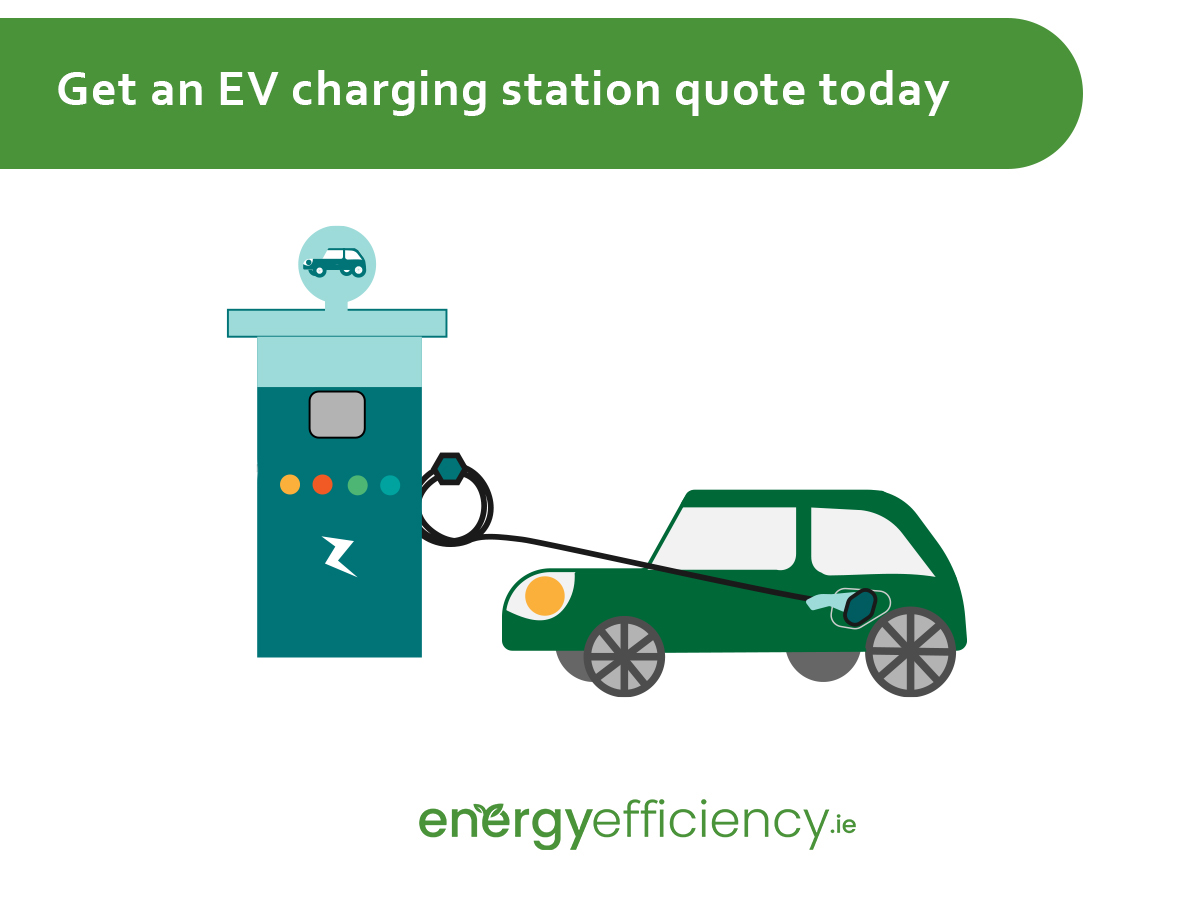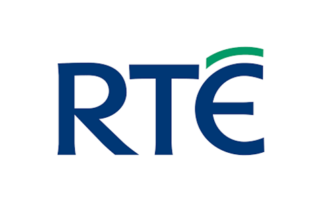As the number of electric cars on the Irish market continues to increase, major advances in EV technology are taking place. Among those is two-way charging, more commonly known as bi-directional charging.
Bi-directional charging allows EV owners to use electricity from their car battery to either power appliances, their home, or supply energy back to the grid.
We expect this technology to become more popular in coming years, so let’s explore how bi-directional charging works.
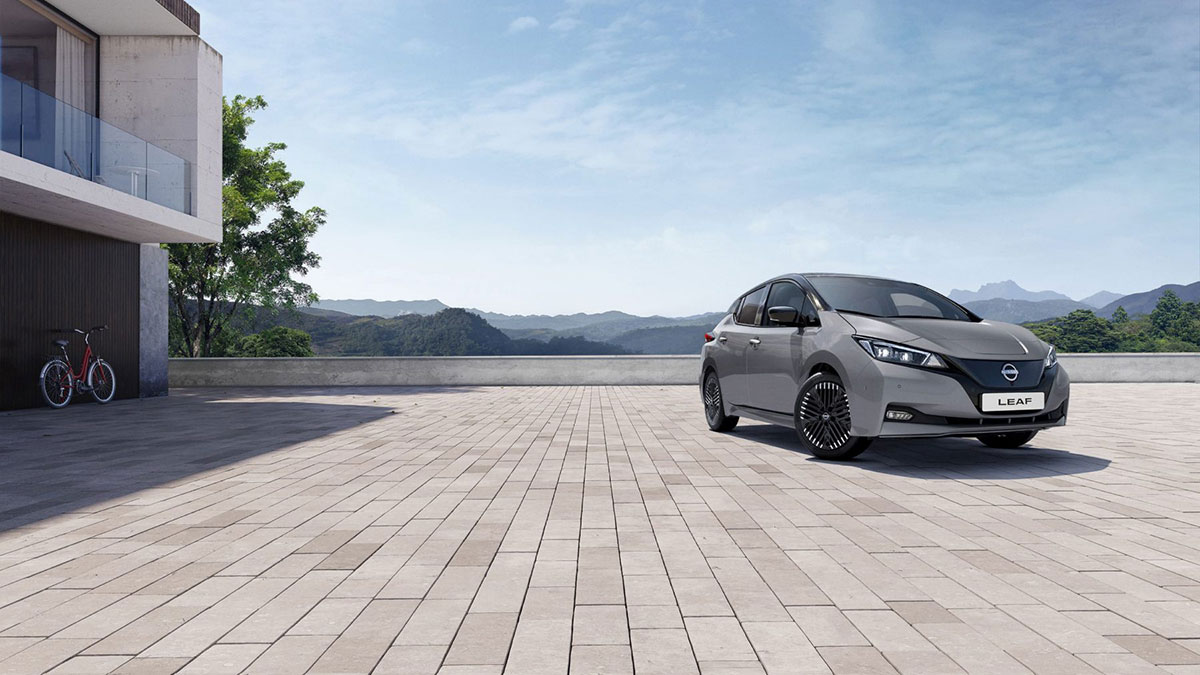
The key takeaways:
Table of content
What is Bi-Directional charging?
Electric car chargers are usually unidirectional, meaning that energy flows in one direction – from the power source into the EV battery via the charger.
With bi-directional charging, energy from the battery inside an electric car can be used outside the vehicle.
A small but growing number of manufacturers are adding this two-way charging feature, which could prove to be popular among some Irish EV owners in the future.
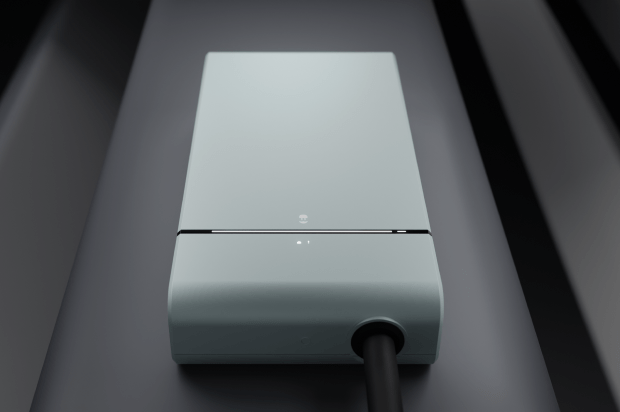
How does bidirectional charging work?
First, let’s look at how EV charging works more generally.
The EV charger, which is actually located inside the vehicle, converts AC electricity to DC electricity.
This DC power is stored in the EV battery, and then converted back into AC electricity to power the car – to move the wheels, essentially.
Instead of sending this AC electricity back to the motor, bidirectional charging allows for the electricity to be transferred back out of the charging port, meaning the power can flow in two directions as opposed to just one. This electricity can then be used for a variety of purposes.

Types of Bi-directional Charging
There are three main types of bidirectional EV charging: vehicle to load, vehicle to home and vehicle to grid.
Does my charger support bidirectional charging?
Vehicle-to-Home (V2H) and Vehicle-to-Grid (V2G) bidirectional charging both require a compatible EV charger in order to function. These options are still less common and more expensive than most home EV chargers, and EV owners have reported that installers are reluctant to install bidirectional chargers.
If you are interested in bidirectional EV charging then check if the charger you are purchasing supports it.
Which EVs offer bidirectional charging?
All BYD models and large parts of the Volkswagen ID family support bidirectional charging now, with other brands such as the Nissan Leaf, Hyundai Ioniq 5 & 6, Kia EV6, EV9 & Niro also popular options.
The list of cars which support bidirectional charging grows rapidly with MG, Audi, Skoda, Volvo and more also putting out new models supporting the shift. In time it is expected that all EVs will be capable of bidirectional charging.
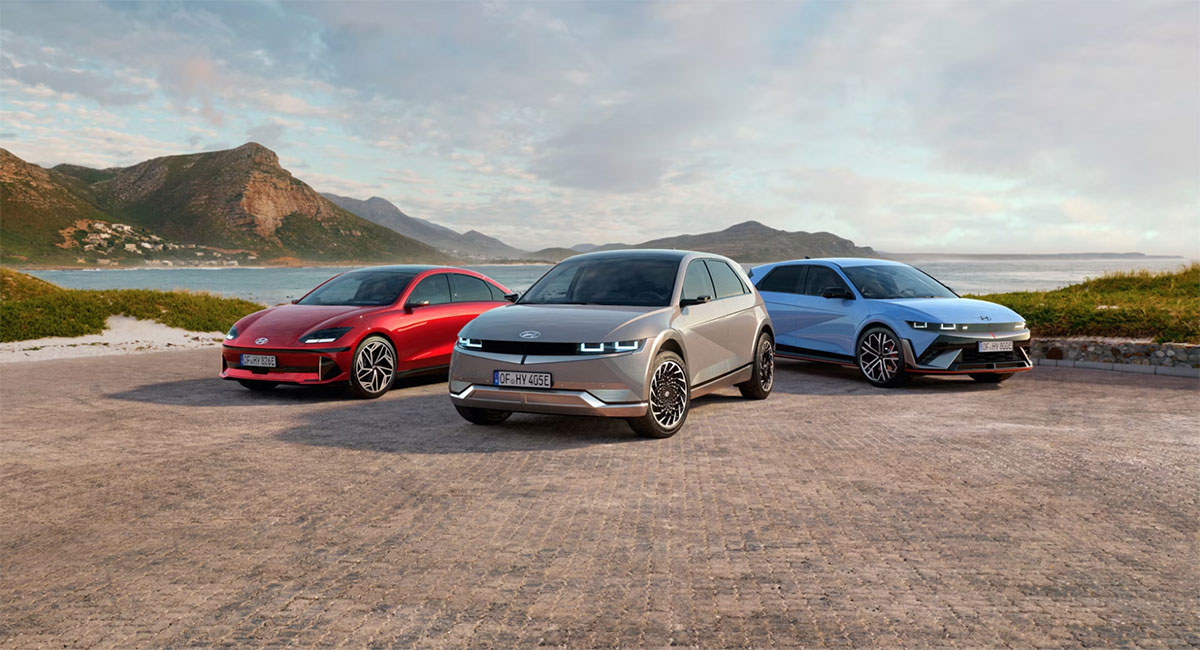
FAQs
Find the Best EV charger for you!
Get a free quote for an electric vehicle charger today from one of our hand-picked Irish EV charger installers!
